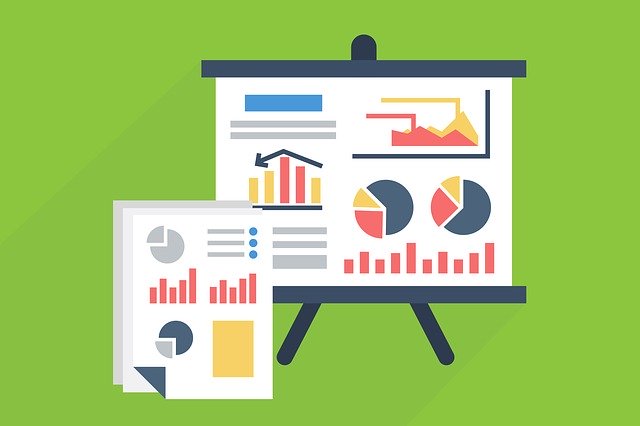 PR measurement expert Katie Paine named The New York Times as her most recent monthly measurement maven for its COVID-19 research and reporting.
PR measurement expert Katie Paine named The New York Times as her most recent monthly measurement maven for its COVID-19 research and reporting.
Paine cites these articles and data visualizations:
- Deaths by country and state (updated daily);
- How it spread out of China and throughout the world;
- How well people are practicing social distancing by state; and
- The extent to which politics plays a role in public response.
“The New York Times deserves particular kudos for how they mine data (and you know how much we love data mining) and then turn that data into beautiful, compelling visuals that anyone can understand,” Paine notes.
The data visualizations and the extent of research that support them are indeed impressive and are especially valuable for understanding the epidemic. They can also serve as examples and inspiration for communications professionals using data visualizations.
In an environment that’s increasingly data driven, more PR pros are turning to data visualizations to help deliver corporate and brand messages. Here’s more information on how to create data visualizations.
The Coronavirus Measurement Menace
The winner of the coronavirus measurement menace of the month? Donald Trump.
Trump typically focuses on numbers, whether it’s the size of his inauguration audience or the number of COVID-19 test kits he’s promising. Yet typically doesn’t bother to consider if they’re accurate, fails to interpret them appropriately, and doesn’t consider their implications.
Anyone not believing Paine could view this, this and this article
On March 9, Trump tweeted: “So last year 37,000 Americans died from the common Flu. It averages between 27,000 and 70,000 per year. Nothing is shut down, life & the economy go on. At this moment there are 546 confirmed cases of CoronaVirus, with 22 deaths. Think about that!”
“In many ways, he is the political equivalent of every PR person’s worst nightmare of a boss,” Paine writes. “The trends behind them, the meaning in the data, the implications for stakeholders—none of that matters as long as numbers are getting bigger.”
Most CEOs, however, must report to advisors, boards of directors and the SEC. They’re required to be accurate and back up their decisions and reports with accurately interpreted data. But Trump doesn’t have a board or set of advisors that can serve as a check or a balance.
Paine – as well as other measurement experts – has long criticized useless metrics such as earned media value and impressions as the senior executives who demand them.
“Now we’re faced with a president that is essentially doing the same thing,” Paine says. “Good numbers are always going up, even when they’re not. And bad numbers—like the number of new COVID-19 cases or deaths—are something to be rounded down, downplayed, or just used as props.”
Bottom Line: The COVID-19 epidemic may be bringing out the best measurement practices. Winners of best and worst measurement practices provide communications professionals examples of how to apply research and data visualizations as well as how not to use numbers.
Download the 2020 Ultimate Guide to Media Monitoring, Measurement & Analytics for PR & Marketing

Michael Kling is manager of public relations, marketing and social media at Glean.info, a media monitoring and measurement service that provides customized media monitoring and PR analytics solutions.




